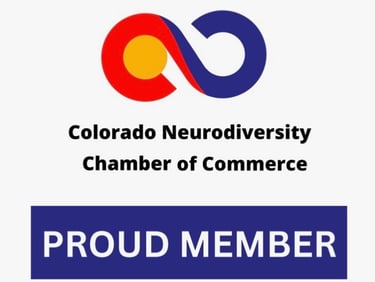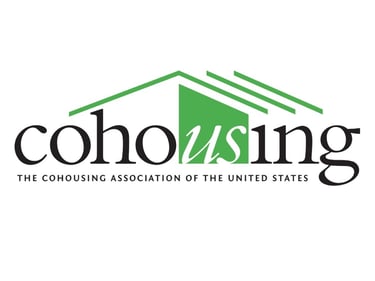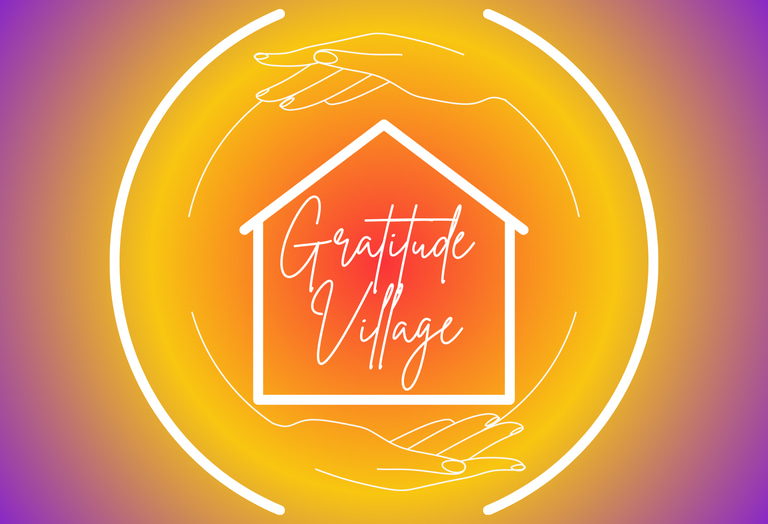Join our next In Person Info Session December 16 from 11am-1pm MST
Mixed-Income Neighborhoods: A Blueprint for Stronger Communities
At Gratitude Village, we believe that when people of different incomes, ages, and backgrounds come together, something powerful happens. Our goal is clear: up to 50% of our homes will be permanently affordable, ensuring that teachers, artists, small business owners, seniors, and first-time buyers can all be part of the same thriving community. This isn’t just housing—it’s a reimagining of what it means to live well, together.
Gratitude Village
8/21/20253 min read


When most people hear “mixed-income housing,” they picture something far different from what’s actually possible. They may imagine stark divides, hidden tensions, or a compromise between quality and affordability. But in reality, research and real-world communities tell a different story—one where mixed-income neighborhoods are not only successful, but where they create places that are healthier, more connected, and more resilient.
At Gratitude Village, we believe that when people of different incomes, ages, and backgrounds come together, something powerful happens. Our goal is clear: up to 50% of our homes will be permanently affordable, ensuring that teachers, artists, small business owners, seniors, disabled adults and first-time buyers can all be part of the same thriving community. This isn’t just housing—it’s a reimagining of what it means to live well, together.
“When a community welcomes a mix of incomes, it welcomes a mix of perspectives—and that’s where real strength comes from.”
The Truth About Mixed-Income Living
Mixed-income neighborhoods often get misunderstood, so let’s clear the air:
Myth #1: “Mixed-income housing hurts property values.”
In fact, research from the Urban Institute shows that property values often remain stable—or even rise—when affordable housing is integrated into a community. Why? Because they attract residents who are deeply invested in community life and long-term stability. In Alexandria, Virginia, for example, homes located within one block of an affordable housing development saw a slight increase in value (0.09%), dispelling fears of declining neighborhood worth (Urban Institute study).
Myth #2: “People with different incomes won’t connect.”
Connection isn’t about income—it’s about proximity and shared purpose. Surveys and mixed-housing reviews from Case Western Reserve University and the National Association of REALTORS® indicate residents in mixed-income developments report greater satisfaction with neighborhood safety and social connections regardless of income level.
Myth #3: “It’s just another form of low-income housing.”
Mixed-income development isn’t about one group supporting another. It’s about balance. By blending market-rate homes with permanently affordable ones, communities like Gratitude Village create a model that’s sustainable for the long term and beneficial for everyone.
Why It Works
Neighborhoods with a range of incomes don’t just meet housing needs—they build community resilience. Diverse income levels bring:
Stability: Mixed-income neighborhoods are better equipped to weather economic shifts.
Stronger social ties: Neighbors share skills, resources, and support.
Vibrant local economies: Diverse spending power supports small businesses and services.
Greater equity: By reserving homes at a permanently affordable price point, we create opportunities for generations to come.
“When people from different walks of life share the same block, it’s not only good for them—it’s good for the neighborhood.”
Why Income Diversity Makes Communities Thrive
Mixed-income living doesn’t just create financial diversity—it strengthens the entire fabric of a neighborhood. Research shows that communities with a wide range of incomes tend to be:
Healthier: Access to supportive social networks reduces stress and improves overall well-being.
More resilient: Diverse income levels can buffer a community from economic swings, making it less vulnerable in downturns.
Better connected: Families from different backgrounds bring unique skills, experiences, and perspectives that enrich daily life.
Supportive of local economies: By welcoming residents with varied purchasing power, these neighborhoods help small businesses thrive.
In cohousing, these benefits are amplified by design. With shared common spaces, community meals, and neighbor-led initiatives, mixed-income living isn’t just tolerated—it’s celebrated.
The Gratitude Village Model
Gratitude Village is redefining what homeownership looks like. By committing to up to 50% permanently affordable homes, we are ensuring that income is not a barrier to belonging. Here’s what that looks like in action:
🌱 Sustainable living: NetZero homes designed to lower long-term costs.
🏡 Shared spaces: A Common House, gardens, and co-working areas make connection part of everyday life.
💛 Diverse households: Market-rate and affordable homes side by side.
🔑 Lasting affordability: A commitment that keeps housing within reach, not just now but for decades to come.
This isn’t just a new kind of housing—it’s a new kind of neighborhood.
Why Now Matters
Gratitude Village is in its formative stage, and this is the ideal moment to get involved. As a Founding Member, you’ll help shape the design of Colorado’s first mixed-income cohousing community, meet your future neighbors and contribute to a project that’s changing what homeownership can mean.
“This is how we close the gap between what housing costs and what people can afford—without sacrificing beauty, sustainability, or community.”
Join the Movement
We believe mixed-income living is one of the keys to healthier, stronger communities. And now, you have the chance to be part of building one from the ground up.
👉 Be part of a neighborhood that redefines homeownership—join an upcoming info session today.
Because when income is no longer a barrier, community can truly flourish.
COMMUNITY
Join us in embracing nature, diversity and connection.
Sustainability
DIVERSITY
info@gratitudevillageco.com
720-689-4821
© 2025. All rights reserved.
AFFORDABILITY
Gratitude Village Inc. is a 501(c)3 charitable corporation that values diversity, equity, and inclusion as essential to our mission
Subscribe to our Substack
Refund Policy




Gratitude Village is a Proud Member of these organizations
